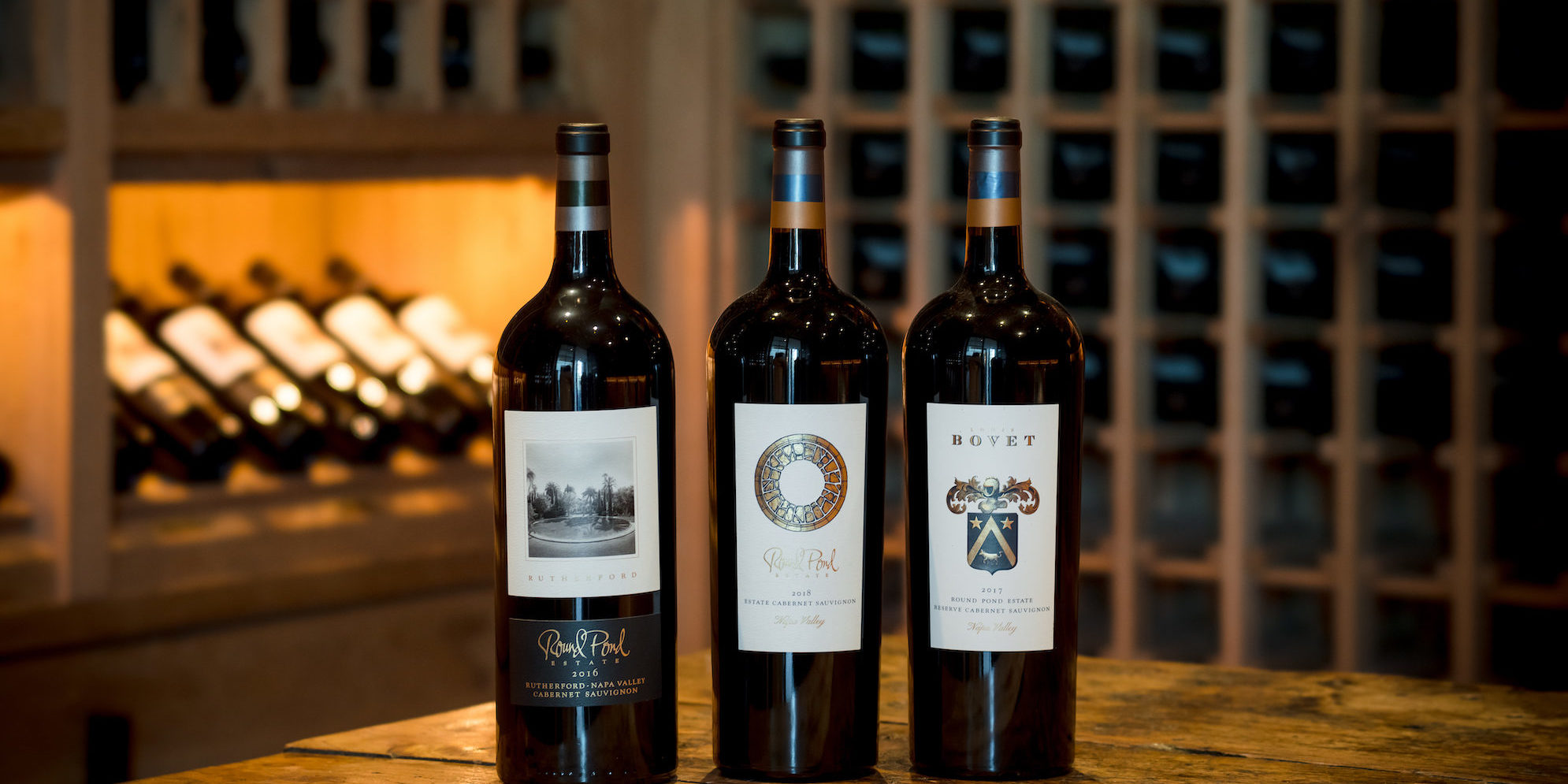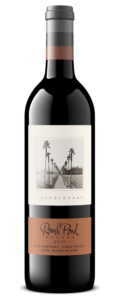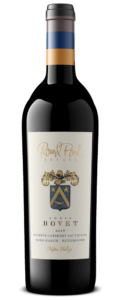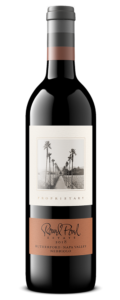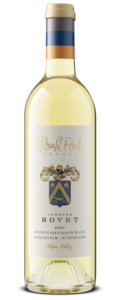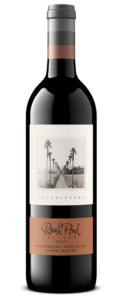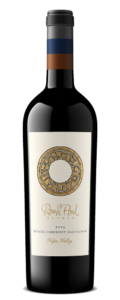A row of dust-covered bottles, a dimly-lit cave: it’s an iconic portrait of the life of a wine collector. But how do you know if a wine is age-worthy? And how do you store wine to age it? Today, we’re breaking down the aging process with four key tips.
1.
To age or not to age?
That is the question. In general, an age-worthy wine has one or more of these character traits: high tannins, high sugar level, or high acidity. For example, a classic Bordeaux-style blend, with its grippy tannins and full body, is a natural contender for age-worthiness. On the opposite end of the wine spectrum, a sweeter-style of Riesling will also go the distance in the cellar due to its powerful acidity and high sugar level.
*Pro Tip: While a screw cap doesn’t necessarily mean a wine can’t age, screw cap-topped bottles are typically meant for drinking young. Corks, on the other hand, are a key contributor to the aging process, as their porous nature allows microscopic amounts of oxygen to enter the bottle and interact with the wine (a process known as microoxygenation).
2.
Safe Storing.
The most important factors in wine aging are temperature and light. The ideal temperature for aging wine is between 50-60 degrees Fahrenheit—not too hot and not too cold. This is the origin of the wine cellar: before heating and cooling systems, the cellar was the perfect underground temperature for safely storing food and wine.
Why are most red wines bottled in darker glass? This is to prevent light from reaching the wine, protecting the wine from premature oxidation.
*Pro Tip: Why store wine bottles on their sides? When aging wine for 10+ years, it’s important to keep the corks from drying out and deteriorating; hence the tradition of laying wine bottles on their sides in the cellar.
3.
Size matters.
Large format bottles, such as magnums, three-liters, six-liters and even larger bottles, are naturally suited to aging more than their 750ml counterparts. This is due to the greater ratio of wine to oxygen: the same amount of oxygen coming through the cork will take much longer to interact with the wine and evolve the wine’s flavor. Put simply: if you have the same bottle in both 750ml and larger format sizes, open the smallest format first and age the largest, the longest.
*Pro Tip: A magnum bottle can feel overwhelming, but at 1.5 liters, a magnum is just the size of two standard-size wine bottles—the ideal size to serve 4+ wine-lovers at a gathering.
4.
Uncorking Aged Wine: When and How?
One of the most difficult parts of aging wine is deciding when to uncork a bottle. Tools like the Coravin are particularly helpful when you want to check in on a wine during its aging process. We recommend following winemaker advice and hearing from other collectors when deciding to open a bottle, but it’s ultimately a guessing game—one of the most exciting parts of collecting wine.
*Pro Tip: When it comes time to open a bottle, if the wine is 10+ years old and the cork becomes more fragile, we highly recommend using a wine opener like an Ah-So rather than a traditional corkscrew. The Ah-So is inserted around the cork rather than through it, keeping the cork intact while still removing it from the bottle.

Video above: watch our membership manager, Christina Marsalek, demonstrate how to use an Ah-So. Instructions: Slide the longer of the two tines between the cork and the lip of the bottle, then gently insert the shorter tine on the opposite side. Carefully insert the opener, alternating pressure on either side until the Ah-So is fully inserted around the cork. Then, firmly but slowly pull the cork out, removing it from the bottle.
5.
Serving & Sipping.
Particularly if a bottle is over 10 years old, we recommend decanting or double-decanting before serving, as aged wines may have sediment that formed during the aging process. Start by standing the bottle upright for several hours before opening to allow the sediment to settle to the bottom of the bottle. When opening the bottle, pour it into a decanter, watch closely, and stop pouring before the sediment reaches the mouth of the bottle—or strain through a cheesecloth to fully separate the wine from its sediment. Then serve and enjoy!
*Pro Tip: Wines evolve over time—it’s one of the most amazing parts of the wine-tasting experience. As wines age, their primary, fresh fruit flavors give way to secondary flavors, with more spice and dried fruit notes. Determining how long to cellar a wine is very much dependent on personal preference. We’ll repeat our favorite “wine 101” motto here: drink what you like!
Wines Great for Aging:
Wines to Age or Drink Now:
A final note…
When purchasing aged wine, provenance matters. Ordering wines direct from the winery assures the bottles will be aged in safe and pristine cellaring conditions. Keep an eye out for special library releases from our own collection along with blog posts and emails featuring retrospective tasting notes. Our team often opens bottles from our library to check in on a wine’s aging process and share recommendations on when to open different wines.

